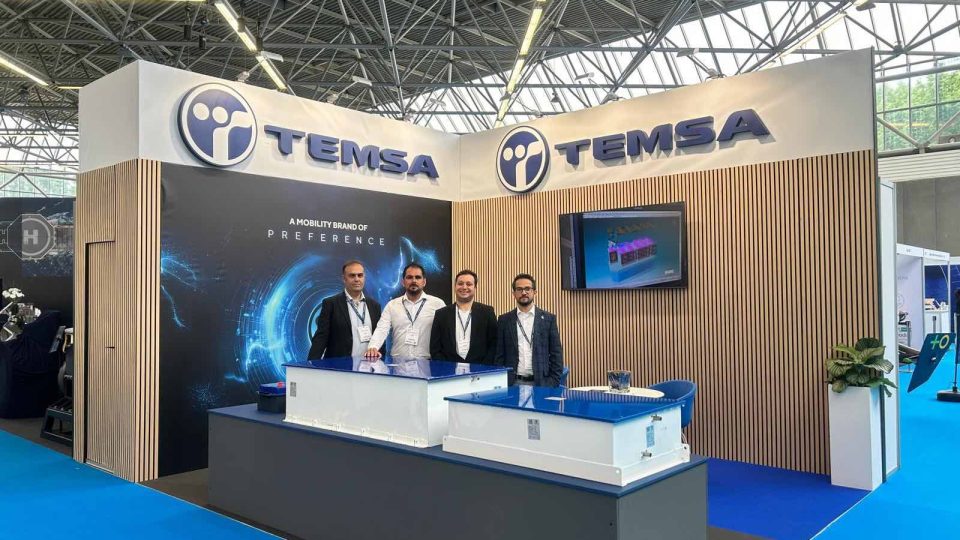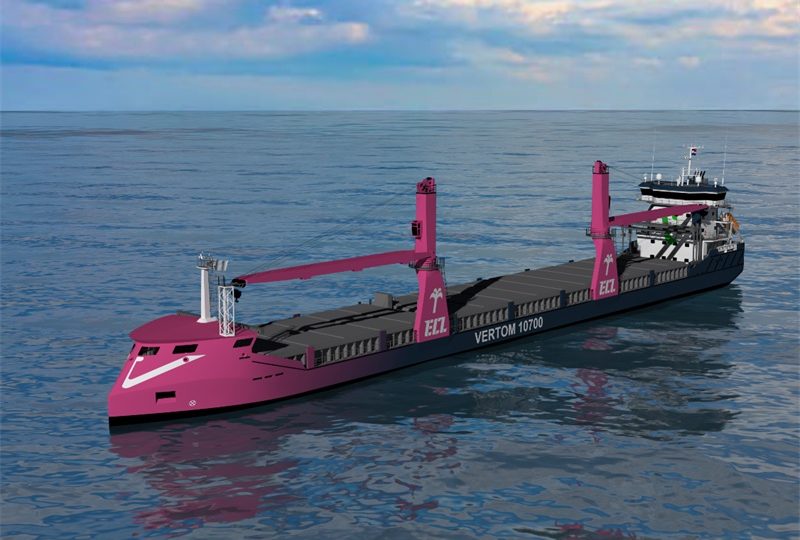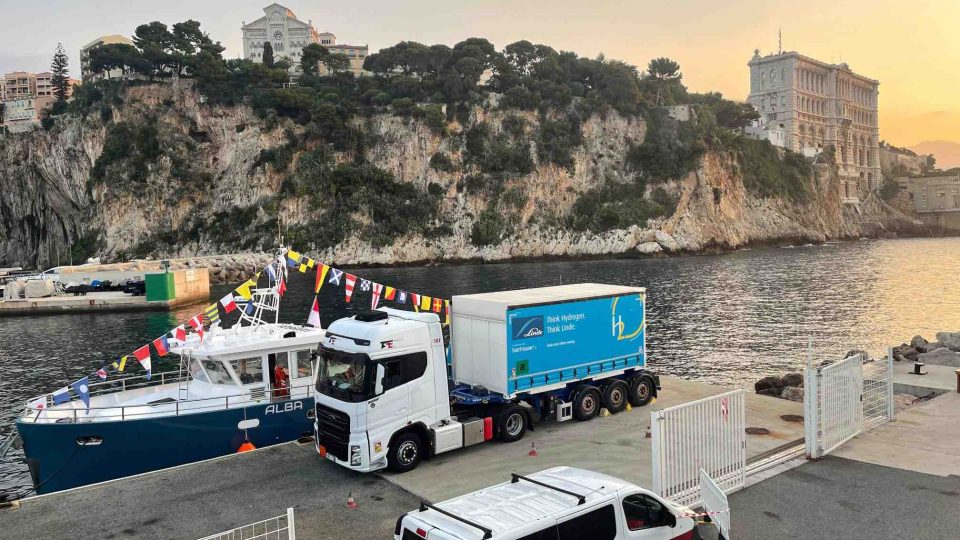Rolls-Royce runs LNG. And it’s a hybrid
Rolls-Royce runs LNG and he did it across the sea. In Friedrichshafen, they pioneered the CNG conversion of one of their engines. We’re talking about the 4000 series, which we saw at work just off the shores of Lake Constance. The evolution to LNG was the natural consequence. In the application they will tell us […]
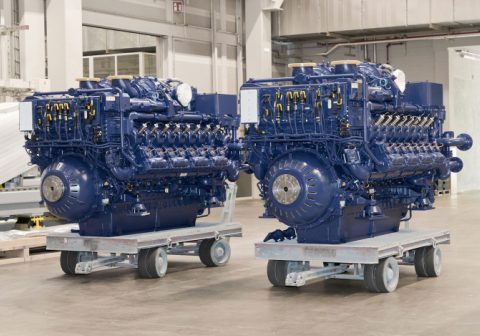
Rolls-Royce runs LNG and he did it across the sea. In Friedrichshafen, they pioneered the CNG conversion of one of their engines. We’re talking about the 4000 series, which we saw at work just off the shores of Lake Constance. The evolution to LNG was the natural consequence. In the application they will tell us about, even, liquefied natural gas is coupled to a battery pack. It’s the hybrid for a tugboat.
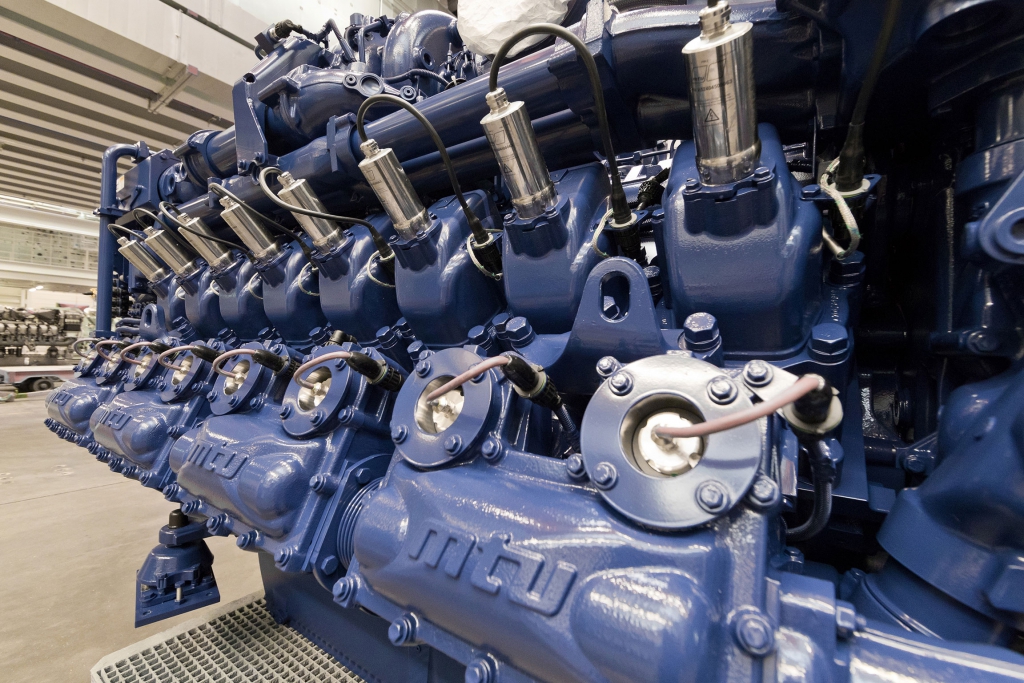
Rolls-Royce runs LNG together with Sembcorp Marine
“Rolls-Royce is supplying two mtu 16V 4000 M55RN gas engines to Sembcorp Marine Integrated Yard for the construction of the world’s first liquefied natural gas (LNG)-hybrid powered tug. The harbour tug will be operated in Singapore by Jurong Marine Services, a wholly owned subsidiary of Sembcorp Marine. The new LNG-hybrid tug is the first of 12 tugs that Sembcorp Marine plans to design and build to replace the existing diesel-powered ones between now and 2025.
«We are very happy to be part of Sembcorp Marine’s efforts in environmental protection and adopt new green technologies in their operations. The mtu marine gas engines are part of Rolls-Royce’s Green and High-Tech programme. Without exhaust gas aftertreatment they emit no sulfur oxides only very small quantities of nitrogen oxide and particulate mass is below the verification limit», says Chew Xiang Yu, Head of Rolls-Royce Power Systems’ commercial marine business in Asia.
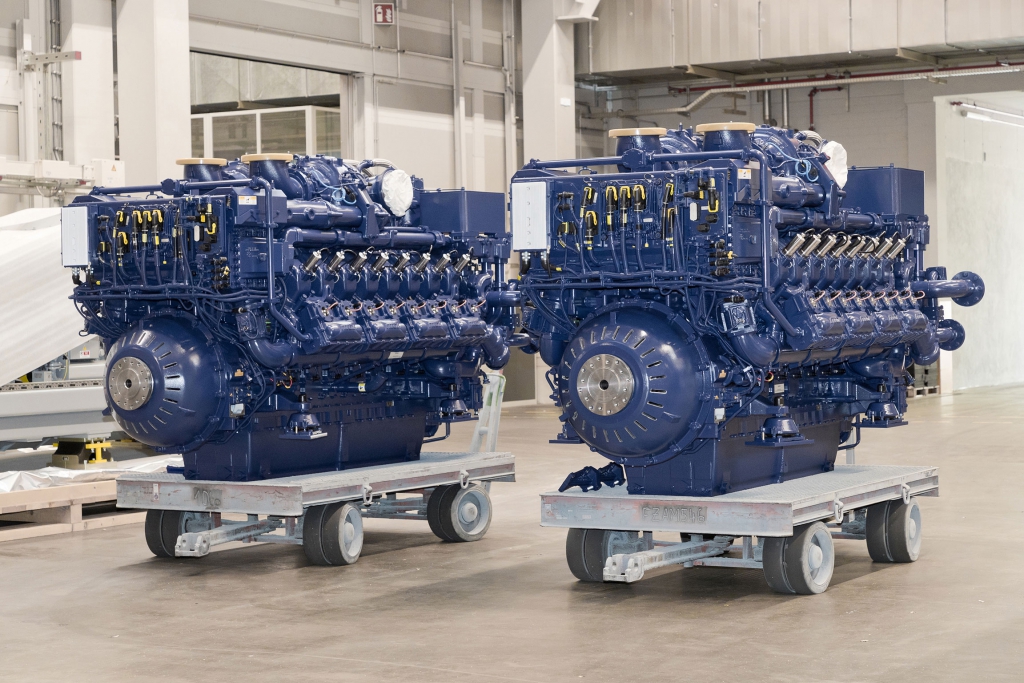
The first LNG-hybrid tug
This is the first LNG-hybrid tug to be powered by mtu gas engines worldwide. Designed by LMG Marin (Norway), part of the Sembcorp Marine group, to deliver 65T Bollard Pull (BP) with ABS Class, the LNG-hybrid tug is estimated to be completed in the later part of 2021. The main propulsion system of the tug comprises twin 16-cyclinder mtu Series 4000 gas units which will provide a combined total power of 2984 kilowatts at 1600 RPM (revolutions per minute). The new gas engines are able to deliver performance comparable to a high-speed diesel engine. Equipped with multipoint fuel injection, dynamic engine control and enhanced turbocharging, the engines cater for dynamic acceleration capabilities, high power output and reduced emissions considerably below the current IMO III limits without the need for exhaust aftertreatment. The LNG-hybrid propulsion system will be able to provide flexibility to cater for various operational modes and is able to switch between low emission liquefied natural gas (LNG) engines and zero-emission battery power. The new mtu gas engines are already powering ferries operated by the Dutch shipping company Doeksen in the specially protected Wadden Sea. A Lake Constance ferry operated by Stadtwerke Konstanz will also start operating in 2021 with the new mtu gas engines”.






